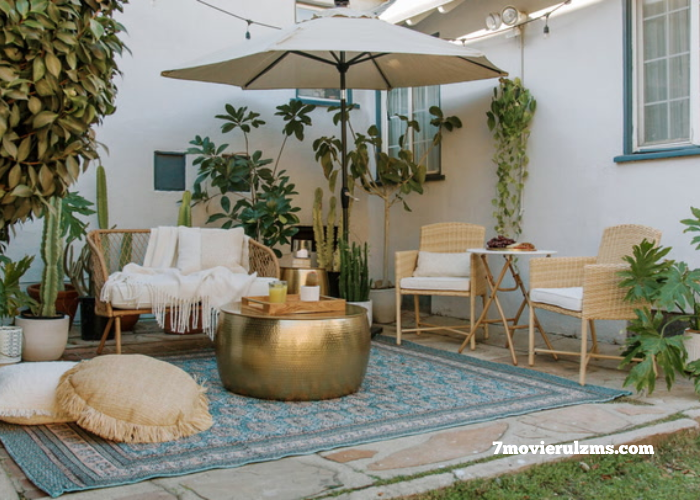Home and garden design is not just about aesthetics; it’s about creating spaces that reflect your personality, lifestyle, and values. Whether you’re revamping your living room or transforming your backyard into a serene oasis, mastering the art of home and garden design requires careful planning, creativity, and attention to detail. In this comprehensive guide, we’ll explore valuable tips and tricks to help you elevate your home and garden design skills to the next level.
Understanding Your Space
Before diving into the design process, it’s essential to understand the unique characteristics of your space. Take note of the size, shape, and existing features of both your indoor and outdoor areas. Consider how natural light interacts with different areas throughout the day and assess any potential challenges or limitations, such as awkward angles or structural constraints.
Define Your Style
Every home and garden should reflect the personal style and preferences of its inhabitants. Whether you lean towards modern minimalism, cozy cottage chic, or eclectic bohemian vibes, defining your design style will serve as a guiding principle throughout the creative process. Browse design magazines, websites, and social media platforms for inspiration, and create a mood board to visualize your vision.
Create Functional Zones
Effective home and garden design is not just about aesthetics; it’s also about functionality. Divide your space into distinct zones based on how you intend to use them. In the garden, consider creating separate areas for dining, lounging, and gardening. Indoors, designate specific areas for relaxation, entertainment, and work or study. This strategic approach will ensure that each area serves its purpose efficiently while maintaining a cohesive overall design.
Embrace Outdoor Living
Incorporating outdoor living spaces into your garden design can significantly enhance the functionality and enjoyment of your home. Invest in quality outdoor furniture and accessories to create comfortable seating areas where you can relax, entertain guests, or dine alfresco. Consider adding features such as pergolas, fire pits, or water features to elevate the ambiance and create a focal point in your outdoor oasis.
Focus on Sustainability
As awareness of environmental issues continues to grow, sustainable design practices are becoming increasingly important in home and garden design. Incorporate eco-friendly materials, such as reclaimed wood, recycled plastics, and natural stone, into your design to reduce your environmental footprint. Opt for native plants in your garden to promote biodiversity and conserve water, and explore energy-efficient lighting and irrigation systems to minimize resource consumption.
Play with Color and Texture
Color and texture are powerful design elements that can transform a space and evoke different emotions. Experiment with a palette of complementary or contrasting colors to create visual interest and depth in your home and garden. Introduce texture through textiles, plants, and materials such as wood, metal, and stone to add tactile appeal and dimension. Don’t be afraid to mix and match patterns and textures to create a dynamic and inviting atmosphere.
Pay Attention to Detail
In-home and garden design, the devil is in the details. Pay attention to small yet impactful elements such as hardware, lighting fixtures, and decorative accents to add personality and charm to your space. Invest in quality materials and craftsmanship that will stand the test of time, and don’t overlook the importance of proper maintenance to keep your home and garden looking their best.
Balance Form and Function
Achieving a harmonious balance between form and function is key to successful home and garden design. While aesthetics are important, they should never come at the expense of functionality. Prioritize practical considerations such as comfort, usability, and safety when making design decisions, and aim to strike a delicate balance between beauty and purpose in every aspect of your space.
Seek Inspiration
The world of home and garden design is vast and ever-evolving, so don’t be afraid to seek inspiration from a variety of sources. Visit botanical gardens, attend home and garden shows, and take tours of inspirational homes to discover new ideas and trends. Follow design blogs, social media influencers, and industry experts for valuable insights and advice, and don’t hesitate to adapt and customize concepts to suit your unique style and preferences.
Conclusion
Mastering the art of home and garden design is a rewarding journey that allows you to create spaces that are both beautiful and functional. By understanding your space, defining your style, and embracing outdoor living, you can transform your home and garden into a sanctuary that reflects your personality and enhances your quality of life. With careful planning, creativity, and attention to detail, you can elevate your design skills and create spaces that inspire and delight for years to come.




